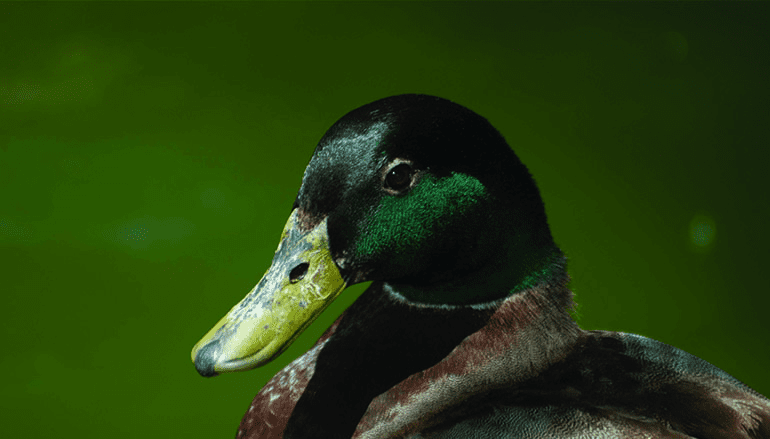
Waterfowl Hunting Season Underway
Warm Weather Could Hamper Prospects Early On
Waterfowlers will look north for help as waterfowl hunting seasons kick off under less than ideal conditions. A lack of cold weather has delayed winter migration this year, according to field observations by Texas Parks and Wildlife biologists.
“Weather patterns, especially significant cold fronts, can have great impact on migration timing,” said Kevin Kraai, TPWD waterfowl program coordinator. “Unfortunately, this is the one factor we can’t predict, but we keep our fingers crossed for lots of frozen water north of the Red River throughout most of the winter.”
General duck hunting season is under way in the Texas Panhandle (High Plains Mallard Management Unit) and in the South Zone. Duck hunting in the North Zone opens Saturday, Nov. 12. Goose hunting is already underway statewide.
Waterfowl habitat in prime condition
The good news again this year is much of the remaining waterfowl habitat across the state appears in prime condition, thanks to an abundance of rainfall over the last two years. “As waterfowl hunters and biologists, we are always looking to the sky to send us water for birds to forage in and for us to hunt,” Kraai noted.
“Rarely do we ever say that there is too much water, but we came close last year and wet conditions seemed to have persisted into the summer months in many parts of Texas. Overall duck and goose populations are at or near records and we expect an excellent migration assuming we get timely cold fronts throughout the fall and winter.”
Officials lifted restrictions for irrigation water along the coastal prairies. This results in an additional 40,000 to 50,000 acres of rice production on the Texas coastal prairies. “This will greatly increase carrying capacity of our Gulf Coast region and the birds are expected to respond favorably,” predicted Kraai. “We have already seen early migrants taking advantage of these new resources in surprising numbers.”
Coastal region conditions improved
Habitat conditions across the coastal region have improved. Biologists still hope for more rain to replenish freshwater ponds and wetlands. “Habitat conditions were as good as we have seen in years going into early teal seasons this September, but prolonged periods of little to no rainfall since September have really dried out our coastal habitats,” said Kraai.
“Our marshes and estuaries received significant freshwater inflows this summer, which has resulted in excellent growth of important waterfowl foods up and down the Gulf Coast. We hope the rain will return soon to flood up the foods that were produced this summer.”
A similar scenario is occurring in the state’s northern region where playa lakes in the Texas Panhandle have rapidly evaporated over the last few months, leaving waterfowl and hunters high and dry heading into the season. “Decent rainfall filled a few playa basins in August, but many have already greatly receded or dried up completely now leaving very few playa basins holding water,” Kraai said.
“We are keeping our fingers crossed for a wet fall so ducks and geese have a place to swim while enjoying the region’s ample supply of agricultural foods.”
East Texas rainfall
East Texas received extensive rainfall last year. Lakes, reservoir and river bottoms experienced prolonged high water that biologists say will have impacted production of moist-soil plants this summer. Submerged aquatic plant production should be excellent and will attract all types of dabbling and diving ducks in this part of the state.
Warm and dry conditions this fall have set in and the region is in need of a change in weather pattern soon for the Pineywoods to hold migrating birds. Hunters should review hunting rules and requirements before heading afield.



